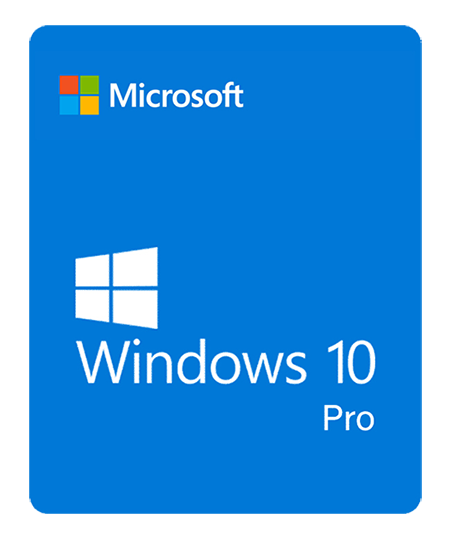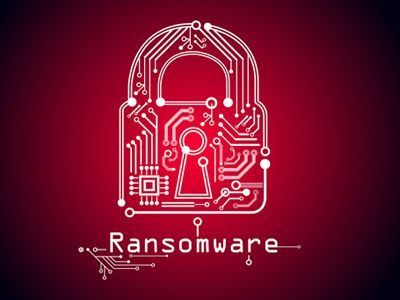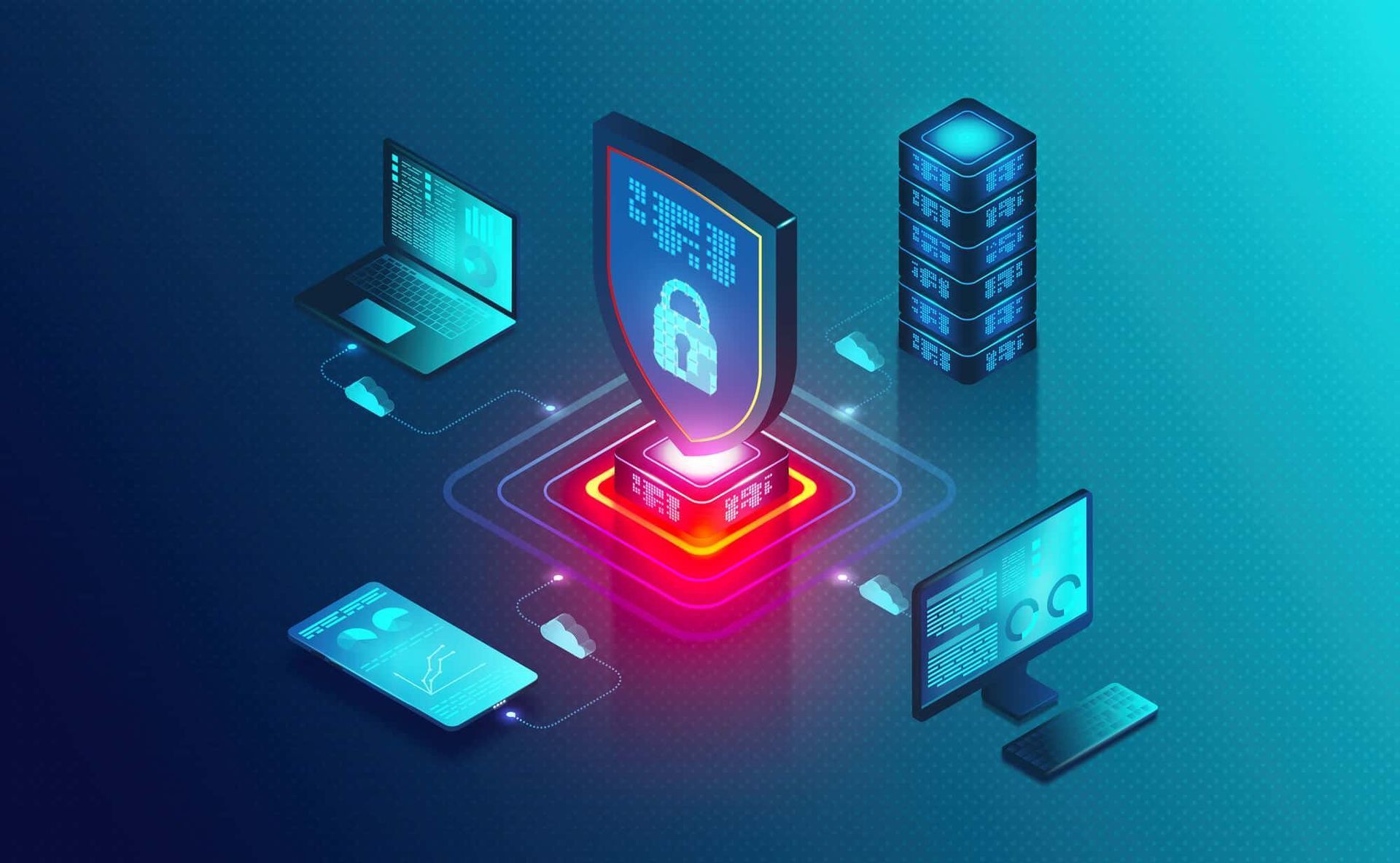Blog Layout
In today's digital age, where connectivity is paramount, safeguarding your business against cyber threats is not just a priority but a necessity. At Second Line Technology, we understand the critical importance of securing your network infrastructure and data assets. As a leading provider of managed IT services and managed security services on the Gulf Coast, we are committed to empowering businesses like yours with robust cybersecurity solutions. In this article, we outline ten essential steps to fortify your defenses and thwart potential cyber attacks.
1. Embrace Multifactor Authentication (MFA)
Implementing MFA across your organization is a powerful defense against phishing, unauthorized access, and compromised credentials. By requiring multiple forms of verification, such as passwords and biometrics, MFA adds an extra layer of security that significantly reduces the risk of unauthorized access.
2. Enforce Proper Privilege Management
Ensure that user privileges are correctly assigned and regularly reviewed to prevent unauthorized access to sensitive data and systems. Implementing granular access controls and limiting administrative privileges mitigates the potential impact of insider threats and external attacks.
3. Maintain Up-to-Date Software
Regularly update and patch your software to address known vulnerabilities and protect against exploitation by cybercriminals. Effective asset and patch management practices are essential for minimizing security risks and maintaining a secure environment.
4. Secure Against Default Configurations
Avoid using default configurations and passwords for your hardware and software, as these are common targets for attackers. By customizing settings and implementing strong, unique passwords, you can significantly reduce the likelihood of unauthorized access to your systems.
5. Strengthen Remote Access Controls
Enhance security measures for remote services such as VPNs to prevent unauthorized access to your network. Implement robust authentication mechanisms and monitor connection activities to detect and mitigate potential threats.
6. Enforce Strong Password Policies
Implement stringent password policies to prevent weak passwords from being exploited by attackers. Consider implementing measures such as account lockout after multiple failed login attempts to thwart password guessing attacks.
7. Protect Cloud Services
Ensure that your cloud services are adequately protected with strong authentication, encryption, and access controls. Regularly review and update security configurations to mitigate the risk of unauthorized access and data breaches.
8. Secure Open Ports and Services
Regularly audit and secure open ports and services to prevent unauthorized access and exploitation by cybercriminals. Implement firewall rules and intrusion detection systems to monitor and block suspicious network activity.
9. Enhance Phishing Detection and Response
Implement email filtering and phishing awareness training to educate employees and detect phishing attempts. Establish protocols for quickly identifying and responding to phishing attacks to minimize the potential impact on your organization.
10. Invest in Endpoint Detection and Response
Deploy advanced endpoint detection and response solutions to identify and mitigate malicious activities on your network. Proactively monitor and analyze endpoint data to detect and respond to security incidents in real-time.

November 17, 2024
Learn how a robust firewall protects your business from evolving cyber threats, secures sensitive data, ensures compliance, and supports secure remote work. Explore top solutions like SonicWall, Meraki, FortiGate, and Sophos, and discover how Second Line Technology can tailor firewall security to your unique needs.

November 15, 2024
With Windows 10 reaching its End of Life on October 14, 2025, businesses need to plan for a seamless transition to Windows 11. This post highlights the risks of using unsupported software, the benefits of Windows 11's enhanced security features, and the steps required for a smooth migration. It emphasizes the importance of early planning to avoid disruptions and manage hardware and software compatibility. Learn how Second Line Technology can assist in upgrading to Windows 11, ensuring minimal downtime and keeping your business operations running smoothly.

September 8, 2024
Zero Trust Architecture is essential for defending against advanced cyber threats in today’s dynamic IT environments. By adopting this framework, organizations ensure that every interaction is verified and secure. Partnering with Second Line Technology simplifies this transition, offering expertise in advanced cybersecurity solutions such as multi-factor authentication, network segmentation, and 24/7 threat monitoring. We customize our services to build and maintain a robust Zero Trust framework, protecting your critical assets and minimizing risk.

© 2025 All Rights Reserved | Second Line Technology






